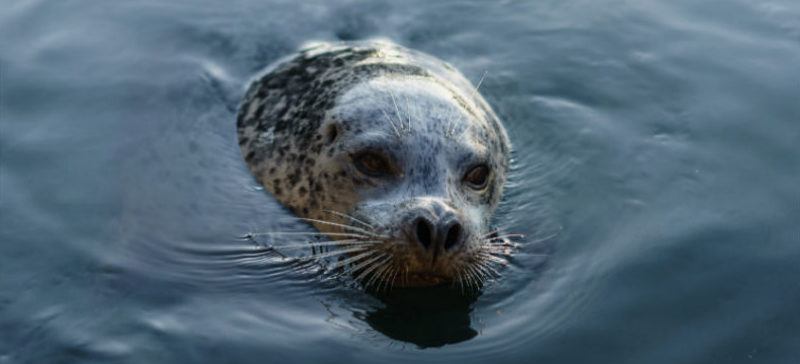Scientists unveiled some exciting news at the 2016 Salish Sea Ecosystem Conference in Vancouver, BC. Several species of wildlife in Puget Sound – harbor seals, Pacific herring, and English sole – show decreasing levels of toxic flame retardant PBDEs in their bodies.
This drop in PBDE levels follows bans and phaseouts of PBDEs that Washington and other states enacted locally, and which led to phaseouts of some PBDE formulations by manufacturers nationally. This is just one example of how state laws can make a difference in the face of weak federal toxics laws.
Since states started banning PBDE flame retardants in the early 2000s, scientists have recorded decreasing levels of PBDEs in the following Puget Sound species:
- Harbor seals – on Gertrude Island in Southern Puget Sound (1, 2)
- Pacific herring – declines seen in 4 stocks sampled around Puget Sound (3, 4),
- English sole – declines seen in 3 out of 4 sites sampled around Puget Sound (3, 4).
PBDEs were widely used as flame retardants in consumer products including household furniture and baby products. Concerns about PBDEs’ effects in wildlife include reproductive impairment, immunotoxicity, and endocrine disruption.
Washington state is a key player in state-led actions against toxic flame retardants; Washington put in place a statewide chemical action plan for PBDEs, and in 2007 became the first state to ban deca-PBDE in some consumer products. This year, Washington state passed a law banning five more toxic flame retardants – TDCPP, TCEP, HBCD, TBBPA, and deca-DBE in more products. Thirty laws and policies restricting the use of toxic flame retardants are in force today in 12 states.
It’s a good thing too because federal law on toxic flame retardants is weak. Chemical makers agreed to a voluntary phaseout of some forms of PBDEs after state after state started banning PBDEs. But we are still waiting for a ban on imports of products containing deca-BDE, and EPA is just now conducting risk assessments on some replacement flame retardants. We will need to hold EPA to a high standard in the coming years as it makes decisions on the fate of these chemicals.
Endnotes
(1) Ross, PS, Noel, M, Lambourn, D, Dangerfield, N, Calambokidis, J, and Jeffries, S (2013). Declining concentrations of persistent PCBs, PBDEs, PCDEs, and PCMs in harbor seals (Phoca vitulina) from the Salish Sea. Progress in Oceanography 115; 160-180.
(2) Noel, M, Lambourn, D, Calambokidis, Jeffries, S, and Ross, PS (2016, April). PCBs and PBDEs in Salish Sea harbour seals from 1984 to 2014: Notable improvements following regulatory changes. Poster session presented at the 2016 Salish Sea Ecosystem Conference, Vancouver, BC.
(3) West, JE, Langness, MM, Niewolny, LA, Lanksbury, JA, Carey, AJ, Fisk, RJ, and S O’Neill (2016, April). Time trends of three major classes of toxic contaminants in two indicator fish species form Puget Sound, Washington. Poster session presented at the 2016 Salish Sea Ecosystem Conference, Vancouver, BC.
(4) West, JE (2016, May). Washington State Department of Fish and Wildlife, personal communication.




